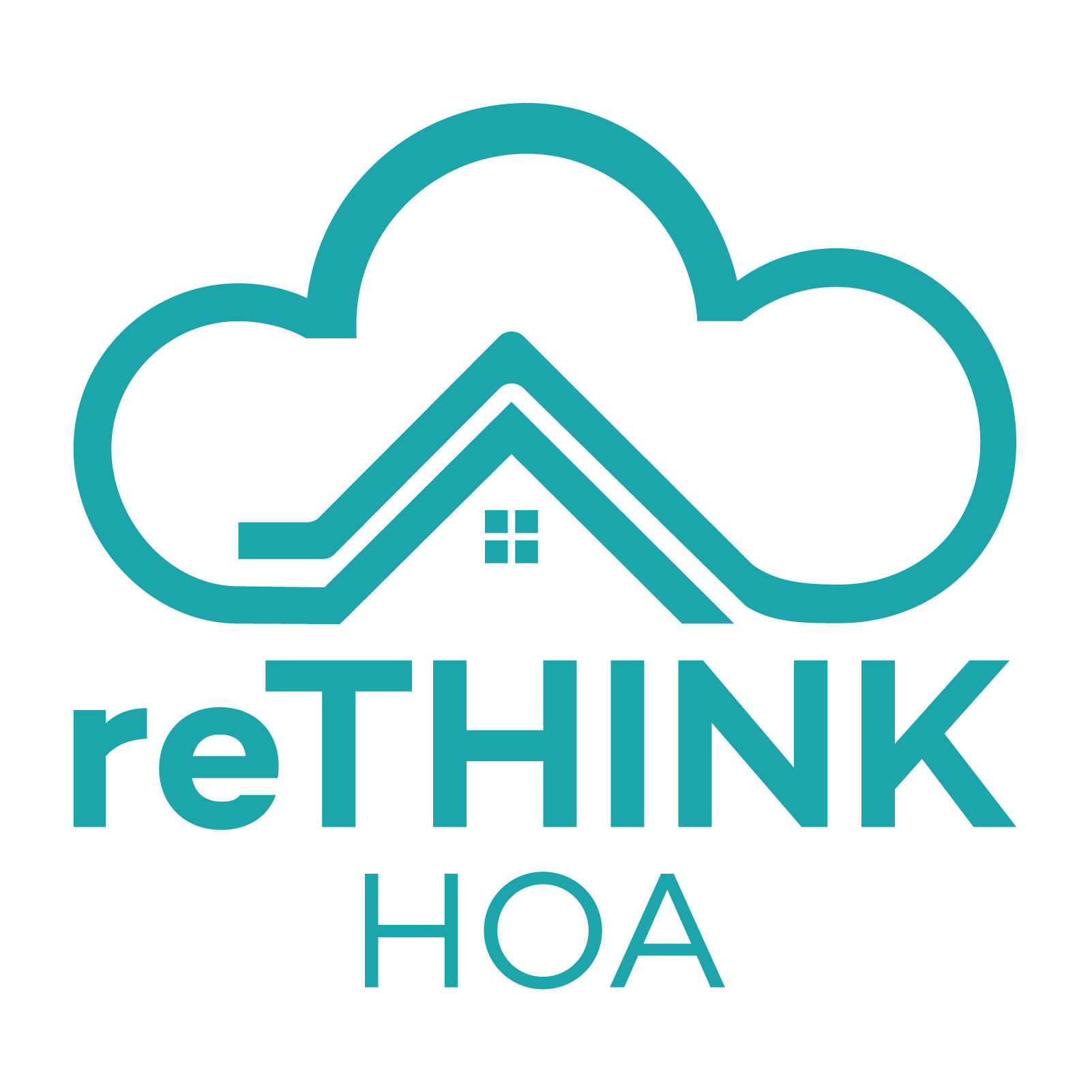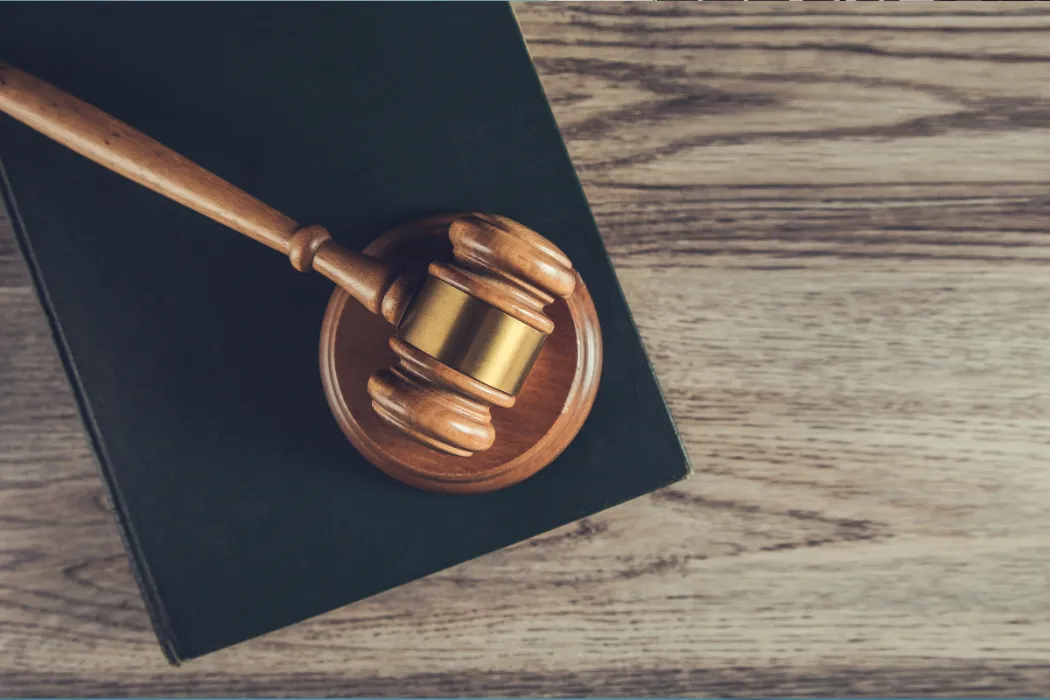The role of the HOA President is multifaceted and central to the smooth operation of any homeowners association (HOA). As a leader within the community, the President is responsible for guiding the board and community toward common goals, ensuring compliance with governing documents, and fostering a sense of unity and trust.
The HOA President stands at the helm of the community, shaping its direction and serving as the primary point of contact for other board members, residents, and external entities. The decisions made and the leadership provided by the President have far-reaching effects on the community's well-being, financial stability, and overall satisfaction.
This guide is a resource for current and aspiring HOA Presidents. It is designed to outline the key roles, responsibilities, and best practices associated with this vital position. Whether you are newly elected or an experienced President looking to enhance your effectiveness, this guide will provide valuable insights and actionable strategies.

- The President acts as the primary leader and facilitator for the HOA board, responsible for steering meetings, overseeing day-to-day operations, and ensuring harmony among board members and committees. The role includes planning, decision-making, and conflict resolution.
- Building community trust is key for the President, who does this by acting ethically, fostering open communication, and adhering closely to governing rules and laws.
- The effectiveness of the President can be enhanced through strategic leadership skills, and software and tools are available to help manage community projects, communication, and governance.
The Role of an HOA President
The role of the HOA President is primarily leadership-driven. A visionary and strategic President is vital to a well-coordinated community with solid, responsive governance. The backbone of any homeowners association is its strategic direction, where vision is crafted, missions are defined, and community-wide initiatives are planned. As the President, your role is central to these processes, ensuring they are executed with foresight, aligned with community values, and effective communication. The success of the community often hinges on a well-articulated vision.
Facilitating open and respectful dialogue among board members and residents requires diplomatic finesse. It's about leading the conversations, fostering consensus, and making informed decisions without losing sight of the community's best interests. Utilizing methods that promote collaboration and open communication can optimize this leadership role, allowing you to steer the community without becoming entrenched in conflicts.
The transparent communication of goals, policies, and decisions becomes paramount post-decision-making. Leveraging various channels of communication ensures understanding and buy-in from homeowners. Articulating and promoting these visions and decisions clearly and engagingly ensures alignment, trust, and a sense of communal ownership of the association's direction and governance.
The role of the President in community leadership is multifaceted and requires a blend of vision, diplomacy, and strategic acumen. By leveraging the right skills and approaches, the HOA President can elevate their community leadership, transforming it from mere administration to a strategic and visionary function that strengthens community governance and well-being.
Overview of President's Responsibilities
The HOA President's main responsibilities are organized into four key areas:
- Leadership and Vision: Setting the course for the community and inspiring others to contribute positively.
- Decision Making and Conflict Resolution: Navigating complex issues and finding resolutions that align with community values.
- Governance and Compliance: Upholding the community's governing documents and legal obligations.
- Collaboration with Other Board Members: Working with other members to ensure a coherent and consistent approach.
Understanding and fulfilling these responsibilities can be complex, often requiring a delicate balance of diplomacy, financial acumen, and legal awareness. The subsequent sections of this guide will detail each of these areas, providing you with the tools and knowledge to excel as an HOA President.
The Responsibilities of an HOA President
The President's responsibilities require attention to detail, vision, financial acumen, mediation, and communication skills. These responsibilities include:
Leadership and Vision
Decision-Making and Conflict Resolution
Governance and Compliance
Collaboration with Others
Roles and Responsibilities of an HOA President in a Self-Managed Community
In a self-managed HOA, the role of the President takes on distinct characteristics that distinguish it from traditional HOA management. Here are the top ways the responsibilities differ:
- Strategic Leadership: In a smaller, self-managed HOA, the President may be more hands-on in shaping the community's vision and strategy, working closely with other board members and residents to create a collaborative plan that aligns with community values.
- Community Mediation: The President's role in mediating and resolving disputes might be more pronounced in a self-managed setting, requiring strong interpersonal skills and an in-depth understanding of community dynamics and needs.
- Enhanced Engagement: With a stronger connection to the community, the President can foster a sense of belonging and inclusiveness by actively participating in community events, communicating directly with residents, and promoting a culture of collaboration and trust.
- Direct Implementation: As part of a self-managed structure, the President might directly implement community initiatives and projects, reflecting strong leadership and a proactive approach to enhancing the community's quality of life.
- Faster, Less Bureaucratic Decision-Making: In a self-managed HOA, the absence of external management layers empowers the President to make decisions more swiftly. The streamlined decision-making process allows for timely action on important community matters, from quick resolution of disputes to immediate implementation of community improvement projects.
Challenges of the President's Role
Several common challenges and pitfalls might hinder the optimal performance of the President's duties. These challenges include:
- Multiple Interests: The President must balance the interests of different stakeholders, including residents, board members, vendors, and regulatory authorities.
- Conflict Resolution: Disagreements may arise between these stakeholders. The President must navigate these conflicts with diplomacy and fairness.
- Aligning Goals: Finding common ground that satisfies diverse interests can be an intricate task requiring negotiation and compromise.
- Open Communication: The President must foster open, honest communication to build trust.
- Transparency in Decision-making: This includes disclosing how and why decisions are made and ensuring community members access relevant information.
- Accountability: Being accountable for decisions and actions is crucial in maintaining community trust.
- Cultural Sensitivity: An HOA community may consist of residents from various cultural, social, and economic backgrounds. Leading such a diverse community requires sensitivity and awareness.
Challenges of Using a Property Management Company as an HOA President
The collaboration between an HOA and a property management company can bring efficiency and expertise to community management. However, it may also present distinct challenges to the role of the HOA President. Recognizing and understanding these challenges can lead to a more harmonious relationship between the HOA and the property management company.
- Loss of Control: Documents and essential information may no longer be directly in the control of the HOA, leading to potential accessibility and management issues.
- Unpredictable and Hidden Fees: Property management companies might charge unexpected or hidden fees, which can disrupt budget planning.
- Potential Conflicts of Interest: A property management company might have other clients, vendors, or interests that could conflict with the best interests of the HOA, leading to biased decisions or actions.
- Differing or Conflicting Priorities: A property management company might have different goals or business objectives that don't align with the community's best interests.
- Delayed Responses: Slower communication with a third-party entity may lead to delays in decision-making or problem resolution.
- Inconsistency in Policies and Practices: A third-party company may not be as intimately familiar with the specific bylaws and culture of the community, leading to inconsistencies in policy enforcement and practices.
- Lack of Transparency: Ambiguity in financial reporting and procedures can hinder trust and accountability.
- Lack of Technology: If the management company does not use or provide access to modern HOA management software, it will lead to inefficiencies and frustrations.
Engaging a property management company to handle the President's responsibilities can present challenges that require careful consideration and management. Understanding and developing strategies to address these potential issues can ensure the relationship is productive and aligns with the community's objectives.
Best Practices for the HOA President
Adherence to certain best practices is essential to succeed in this demanding role. These practices serve as a roadmap for fulfilling the duties of an HOA President effectively and with integrity, building a community that thrives on trust, efficiency, and inclusiveness.
Ethical Leadership
• Integrity and Transparency: Act with honesty and openness, ensuring that the community's best interests guide all actions and decisions.
• Compliance with Laws and Regulations: Understand local, state, and federal HOAs regulations.
• Conflict of Interest Management: Be mindful of potential conflicts of interest and manage them responsibly.
Strategic Planning
• Long-term Vision: Define clear goals and a strategic direction that aligns with the community's values and needs.
• Regular Evaluation: Monitor progress and make necessary adjustments to strategies to ensure alignment with community objectives.
Active Community Engagement
• Open Communication: Encourage open dialogue with residents and board members to foster trust and collaboration.
• Community Involvement: Facilitate community participation in decision-making, ensuring residents' voices are heard.
Effective Collaboration with Board Members
• Team Building: Cultivate a collaborative environment, encouraging board members to work together.
• Clear Roles and Responsibilities: Define and communicate the roles and responsibilities of board members to avoid confusion and overlap.
Utilizing Technology for Organizational Efficiency
• Modern Tools: Leverage technology to streamline processes, enhance communication, and improve efficiency in managing HOA tasks.
• Data Security: Ensure digital tools adhere to security standards to protect sensitive information.
How reTHINK HOA Software Supports the Role of the President
The responsibilities of an HOA President are vast and integral to the community's success. Recognizing these unique demands, reTHINK HOA has crafted tailored software solutions designed specifically to enhance the role of the President. All features have been developed with built-in compliance in mind. From maximizing efficiency and collaboration to ensuring strict compliance, here's how reTHINK HOA transforms the President's responsibilities into a seamless experience.
Dashboard and Homeowner Management
Event Planning and Automated Notifications
Document Sharing and Management
The role of an HOA President is complex, requiring a unique blend of leadership, strategic thinking, compliance knowledge, and community interaction. reTHINK HOA software empowers the President with features and tools designed to simplify these responsibilities, enabling a more effective, transparent, and engaged approach to community management. By leveraging reTHINK HOA, HOA Presidents can confidently lead their communities, backed by a platform that aligns with their goals and the best interests of their communities.
Final Thoughts
Leading an HOA as President is a task of great responsibility and influence. As the guiding force of the community, wearing many hats—leader, mediator, planner, and communicator—is essential. The decisions made and leadership provided shape the community's health, harmony, and future growth.
Being President is a journey that requires continuous learning, growth, and adaptation. Today's challenges provide lessons for tomorrow, fostering a culture of continuous improvement. Embrace professional development opportunities, seek feedback, and remain open to new ideas and perspectives. This growth mindset will enhance your leadership and positively impact your community.
Opportunities and challenges abound in this role. Embracing them with enthusiasm and determination can turn potential hurdles into stepping stones for success. Your leadership can make a tangible difference in the lives of the residents you serve. Encourage collaboration, foster transparency, and strive to build a community where every voice is heard.
Serving as an HOA President is a calling that requires passion, dedication, and resilience. It invites you to make a meaningful difference in your community beyond buildings and landscapes, reaching the hearts of those you serve. Whether you're a seasoned leader or just beginning this exciting journey, we invite you to leverage the insights and tools presented in this guide. With them, you can lead with confidence, integrity, and a vision that aligns with the best interests of your community.
Bonus Content for Members: President's Checklist
Take advantage of our exclusive bonus content! We're providing a President's Checklist that brings all these responsibilities, best practices, and efficiency tips into one easy-to-follow guide. This indispensable resource is perfect for new and seasoned HOA Presidents looking to improve their community leadership skills and governance. Whether you're steering board meetings or navigating conflict resolution, this checklist is your roadmap to success.
Sign-in or Subscribe to download your free President's Checklist and lead your HOA to a brighter, more cohesive future!
This content is only available to subscribers
Subscribe now and have access to all our stories, enjoy exclusive content and stay up to date with constant updates.
Sign up nowAlready have an account? Sign in










